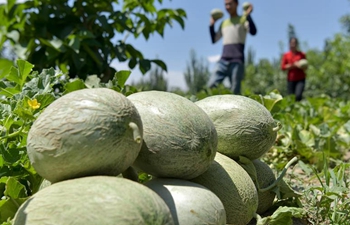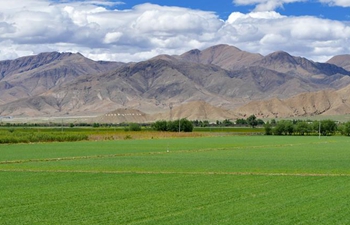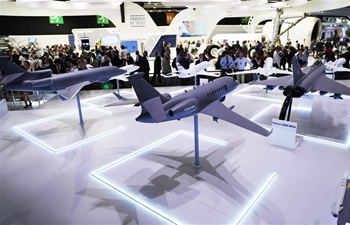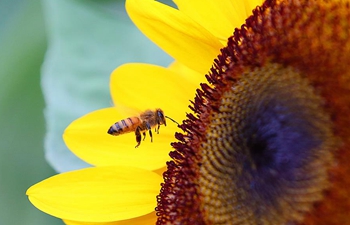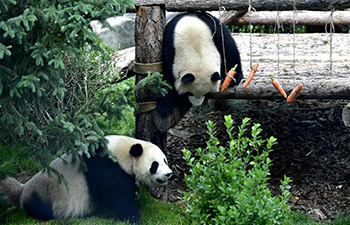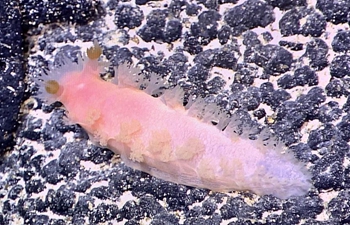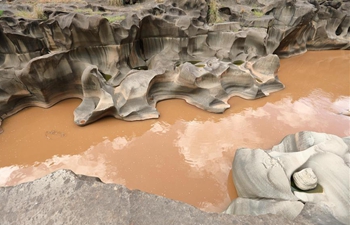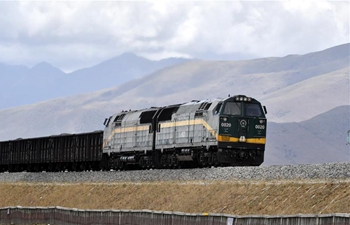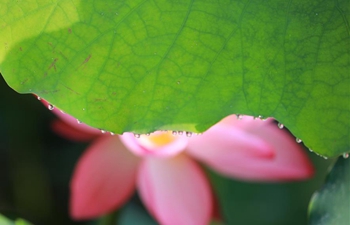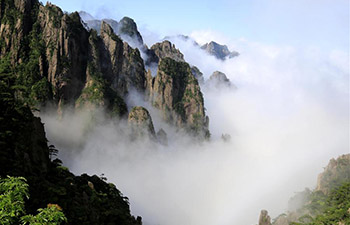
Two helicopters participate in a flyover marking Estonia's Victory Day in Tartu, Estonia, June 23, 2019. More than 1,200 uniformed personnel took part in Estonia's Victory Day parade in Tartu in the east of the country on Sunday. First celebrated in 1934, the Victory Day in Estonia marks the key victory in the 1919 Battle of Vonnu (near Cesis, Latvia) when the Estonians and their allies defeated German forces who were seeking to re-establish Baltic-German control over the region. The battle was part of the 1918-1920 Estonian War of Independence. (Xinhua/Guo Chunju)
TARTU, Estonia, June 23 (Xinhua) -- More than 1,200 uniformed personnel took part in Estonia's Victory Day parade in Tartu in the east of the country on Sunday.
Commanded by the outgoing commander of the Defense League Meelis Kiili, the parade included volunteer units from all part of the southern regional command including Tartu, Valga and Voru districts among others.
Estonian President Kersti Kaljulaid inspected the different element groups of the parade including the Defense League subunits as well as a line-up of territorial defense troops of a light infantry company, staging center, and a law enforcement platoon, the Women's Defense League, the volunteer youth organizations, volunteers of the Police and Border Guard Board and the Rescue Board.
Foreign units at the parade included flag teams from Finland, Poland, Sweden, and Ukraine, as well as platoons of the United States, Latvian, Lithuanian, British and French armed forces, according to the Estonian Defense League.
Flyovers were carried out by two Robinson R-44 helicopters of the Estonian Air Force, two Apache attack helicopters of the British Army Air Corps, an AW139 helicopter, and a Beechcraft surveillance aircraft of the fleet of the Police and Border Guard Board, two aircraft of the Hungarian Air Force and two Eurofighter Typhoon fighter jets of Britain's Royal Air Force.
First celebrated in 1934, the Victory Day in Estonia marks the key victory in the 1919 Battle of Vonnu (near Cesis, Latvia) when the Estonians and their allies defeated German forces who were seeking to re-establish Baltic-German control over the region. The battle was part of the 1918-1920 Estonian War of Independence.
The main parade featuring the different branches of the military is moved to different cities in Estonia each year to ensure that all Estonians can celebrate Victory Day.
